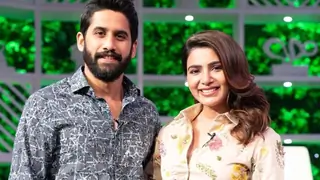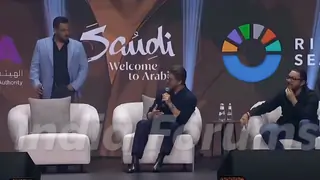| CLASSICAL ROOTS |
| Magazine| Jun 26, 2006 classical roots Raga In Flight Let's bring back the spirit of the golden oldies SHIV KUMAR SHARMA |
| In the 1950s and '60s we had some of the greatest of filmmakers and also the best of music that Hindi films have ever produced. Take the role of music in the films of V. Shantaram. He was the first filmmaker I worked with in Jhanak Jhanak Payal Baaje in 1955. That was the first time santoor was used in an Indian film. The film was about a kathak dancer (played by Gopi Krishna), and the relationship between a guru and his disciple. Naturally, you couldn't use rumba-samba music. It had to be based on Indian classical ragas. The theme of the films allowed for the use of classical art forms. No wonder, the stalwarts of Indian classical arts willingly performed—Gopi Krishna, Pandit Shamta Prasad, Ustad Amir Khan. The films of Bimal Roy, Guru Dutt and Mehboob Khan were deeply Indian, so the music was rooted as well. Music directors themselves had a sound grasp of the classical and folk music traditions—Vasant Desai, Naushad, C. Ramachandra, Anil Biswas and Madan Mohan. But it was not that these people looked only at Indian classical music for their compositions. They seamlessly blended Indian and Western styles. The best of fusion music happened in Indian films with these composers. Madan Mohan's song Tu jahan jahan chalega mera saya saath hoga...in Mera Saya was composed in raga Nand and was recorded with full symphony orchestra accompaniment. He would take a raga and give it a new colour by highlighting or twisting one note or by adding orchestrations. The outcome was always brilliant. In Woh bhooli dastaan lo phir yaad aa gayee... he made just one note prominent and the entire character of the composition rested on it. The music directors then had an individual stamp. They were like gharanas in themselves. And so were the singers—Noor Jehan, Amirbai Karnataki, Hemant Kumar, Kishore Kumar and Manna Dey. But today, with the excessive use of electronic music, no one has been able to build on any style. All music sounds the same. A majority of the songs are sung and played on the same scale. Hari Prasad Chaurasia and I are classical artistes but have together composed for many films of Yash Chopra—Silsila, Chandni, Lamhe, Faasle, Vijay and Darr. We have been lucky to get the opportunity to work with some great lyricists like Javed Akhtar in Silsila, Sharyar in Faasle and Anand Bakshi. I feel it is important for the music director to sit and listen to the entire story and get a perspective on the film and lyrics before composing. There should be a discussion on why the song should be there. We did that and only then would we start working on the music. We had a lot of freedom in preparing the structure of songs. Yashji would sit with us and listen. Sometimes he made suggestions and we made modifications. Bimal Roy too used to sit with Burman dada and give his inputs. Even V. Shantaram, who was thoroughly adept at every department of filmmaking, gave his inputs. When Mughal-e-Azam was coloured and re-released, there was apprehension that today's youth may not accept it. But it was a big success. Similarly, it would be incorrect to say that raga-based songs will not be accepted by the youth. In fact, in all the competitions or talent-hunts more participants still sing old songs. It's because you don't connect with the new; they just come and go. However, pure melodies stay on forever. (The santoor maestro spoke to Arindam Mukherjee) |




























